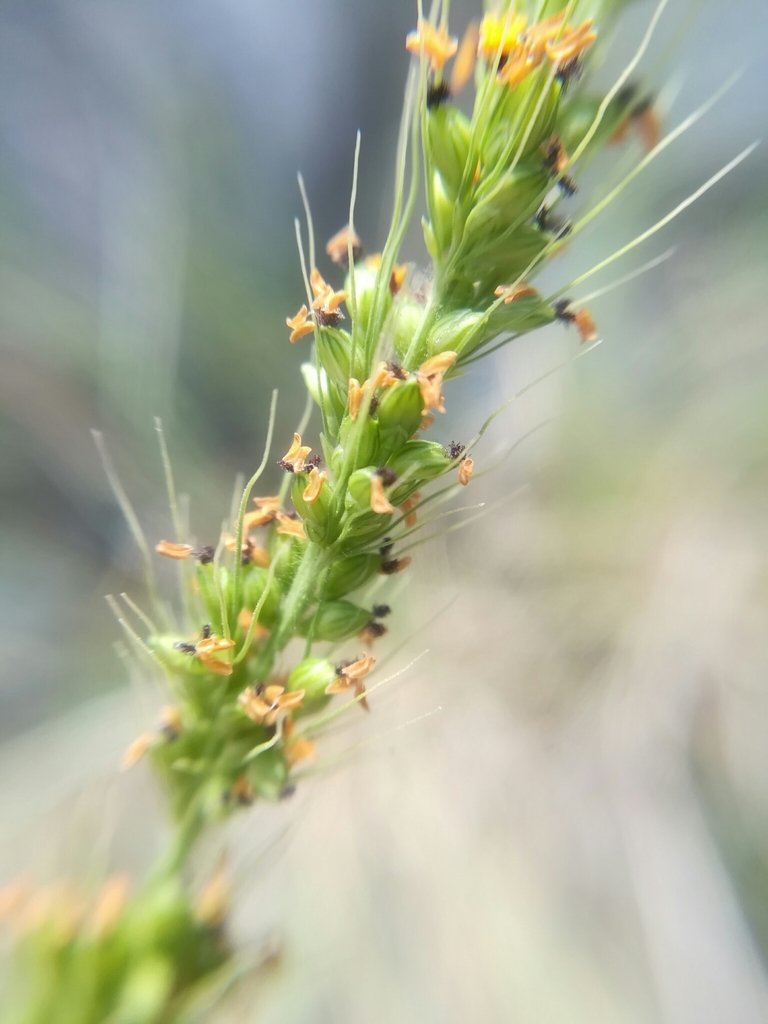Large-spike Bristlegrass
Setaria macrostachya
Family: Poaceae
Densely tufted perennial grass 2-3’ tall with large seeds. The inflorescence appears in May through October. Plants go dormant in winter.
Full to part sun, best on irrigation.
Setaria spp. have inflorescences with short, mostly contracted branches and single-seeded, hard spikelets subtended by persistent bristles that remain on the plant after the spikelets have fallen. S. leucopila is the main perennial Setaria of grasslands in the Southwest and is distinguished by being an often robust, erect perennial.
Full to part sun, best on irrigation.
Granivorous birds love the seeds.
Photo by Liz Makings, SEINET
Setaria macrostachya on iNaturalist
Setaria is from Latin saeta, a bristle or hair; leucopila is from Greek leukos for bright, clear, or white, while macrostachya comes from Greek macro for large and stachys for an ear of grain, referring to the large spike. There are 140 species distributed in many tropical and temperate regions around the world.
Found on dry flats and in washes, often in partial shade of trees and shrubs, from 3,500-7,000 ft. in the southwestern United States in Nevada, Arizona, Colorado, New Mexico, Texas; south into southern Mexico and South America.



